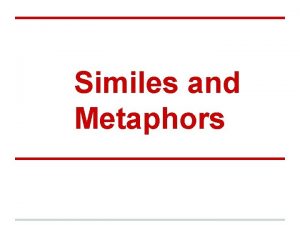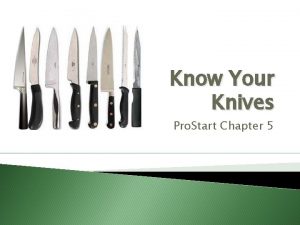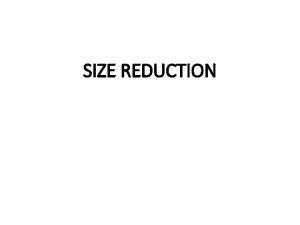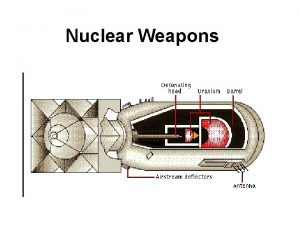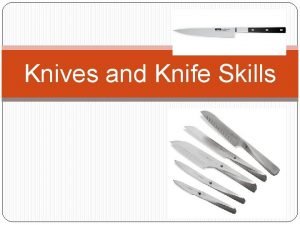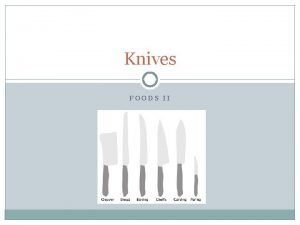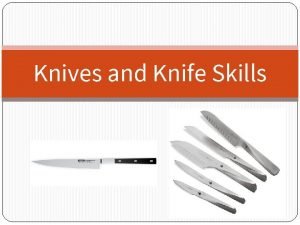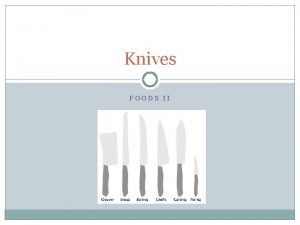Figure 1 The location of weapons and knives








- Slides: 8

Figure 1 The location of weapons and knives found in 17 Early Anglo-Saxon cemeteries. The point data are along the top, and along the bottom, a heat map plotted at 0. 5 m, showing the area of highest density for each object, including: knives (purple), shields (green), spearheads (red), and swords (blue). Knives are concentrated on the left hip, shields along the body, spears to either side of the head, and swords were found with the hilt at shoulder and head height. Each point represents the intersection between the blade and the handle or for the shield its centre.

Figure 2: Four graves in which the person was placed embracing their sword. Top left: Dover Buckland grave 56; top right: Blacknall Field grave 22; bottom left: Blacknall Field grave 70; bottom right: Westgarth Gardens grave 66.

Figure 3 Anglo-Saxon princely burials. Top left: Taplow; top right: Sutton Hoo, mound 1; bottom: Prittlewell. After Stevens, 1884 (Taplow), Carver, 2005: 182 (Sutton Hoo) and Hirst, 2004 (Prittlewell). In each case human skeletons have been drawn within the coffin to illustrate the relationship between the sword and the body.

Figure 4. Six Viking-age graves with swords. Top row, left to right: Repton grave 511, Ballateare, and Papa Westray. Both Repton and Ballateare may have been in coffins. The bottom row shows from left to right: Cumwhitton graves 24, 36, and 25. The Ballateare and Cumwhitton graves have had human skeletons superimposed to highlight the different sword positions and how they may have interacted with the body. After Biddle & Kjølbye-Biddle, 1992 (Repton); Wilson, 2008: 31 (Ballateare); Mc. Laren, 2016 (Papa Westray); Paterson, et al 2014 (Cumwhitton).

Figure 5 Viking-age boat burial at Westness, Rousay. The white cross provides a central point of reference: the human remains and sword are placed on either side of the central point creating and aesthetic balance. This boat burial was excavated by Norsk Arkeologisk Selskap (Wilson & Hurst, 1969: 242).

Figure 6 Heat maps illustrating the most common position in a Birka chamber of weapons in relation to the body. The positions of knives are marked in purple, shields in green, spearheads in red, and swords in blue. The body location is also shown in the heat maps in black, based on the most common location of skull or teeth, pelvis, and lower legs; human skeletons were superimposed on the most common positions to allow comparison with earlier illustrations. The white cross shows the central point of the chamber and each arm of the cross is 1 m in total. The image has been superimposed on a typical Birka chamber, with its contents removed.

Figure 7 Grave BJ 581 at Birka, Sweden. An artistic reconstruction by Þórhallur Þráinsson of the female burial with weapons laid out around her body. Reproduced with permission from Neil Price. .

Figure 8 The Birka chamber layout. Top left (body parts): the red points show the position of teeth and skulls in relation to the chamber’s central points; blue represents pelvises and green the lower legs. Top middle: the point data and heat map for knives, with the heat map plotted at 0. 5 m. The top right shows the same data for shields, the bottom right for spears, and the bottom left for swords.

